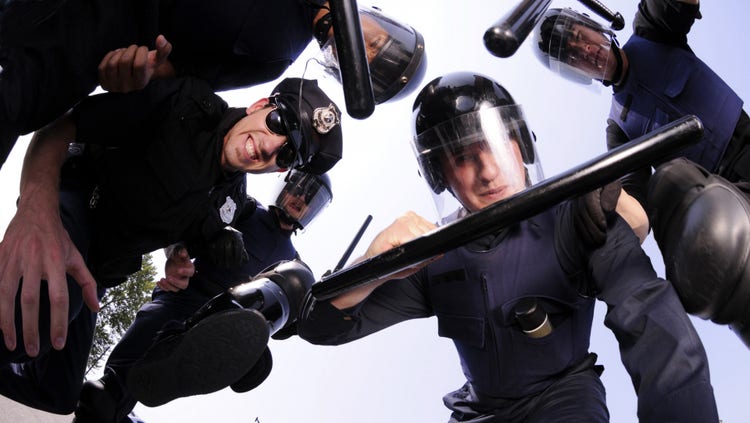
For any protest movement to be effective, its demands need to be specifically articulated. How to effect change if you don’t know how to create the change you seek? To wit, the movement to stop police shootings of unarmed victims has consistently demanding nationwide implementation of body and dashboard cameras for all officers. The belief is that this footage will bring a new level of discretion and accountability to officers in the field, and provide legal evidence should those officers ever act inappropriately and cause death.
But video evidence hasn’t been the game-changer many thought it would be. This past month’s litany of Not Guilty verdicts in homicide cases involving police shootings framed a tough truth: The video evidence from police officer body and dashboard cameras did not convince three separate juries to return guilty verdicts. In cases in Ohio, Wisconsin, and Minnesota, police officers were exonerated of homicide charges despite the admission of camera footage.
In the Minnesota case of Philando Castile, the dashboard camera did not have an angle on the point of contention: whether or not Mr. Castile was reaching for a gun in the moments before he was shot. (It does capture Officer Yanez firing seven shots into the car.) The Ohio shooting death of Samuel DuBose by University of Cincinnati police officer Raymond Tensing ended in a mistrial for the second time despite footage that was called “the ultimate witness.” And Milwaukee police officer Dominique Heaggan-Browne was acquitted in the shooting death of Sylville K. Smith. Both were African-Americans in their 20s. Despite seeing footage from two angles, the jury seemed to prioritize the officer’s state of mind in using lethal force, and whether he justifiably feared for his safety in allegedly seeing Smith’s hands move toward his waist while running.
This has left social justice activists stunned, and unsure of how best to proceed. And this isn’t to say this sort of evidence has been completely without effect: Jurors and academics have stated that the increasing introduction of police-camera evidence has impacted jury deliberations and even the sorts of cases that are going to trial. And while convictions of officers in such cases are exceedingly rare, there are at least eight instances where police have been found guilty of manslaughter or murder since 2012.
But so far, as this month has illustrated, it’ll take more than camera closeups to move the needle on police-shooting acquittals.
What will it take to bring change to the justice system’s handling of police killings of unarmed people? Let us know@revolttv.
@FactsOnly is a column by REVOLT Chief Political Correspondent and Culture Editor Amrit Singh. Follow along at@factsonly and@amritsingh.